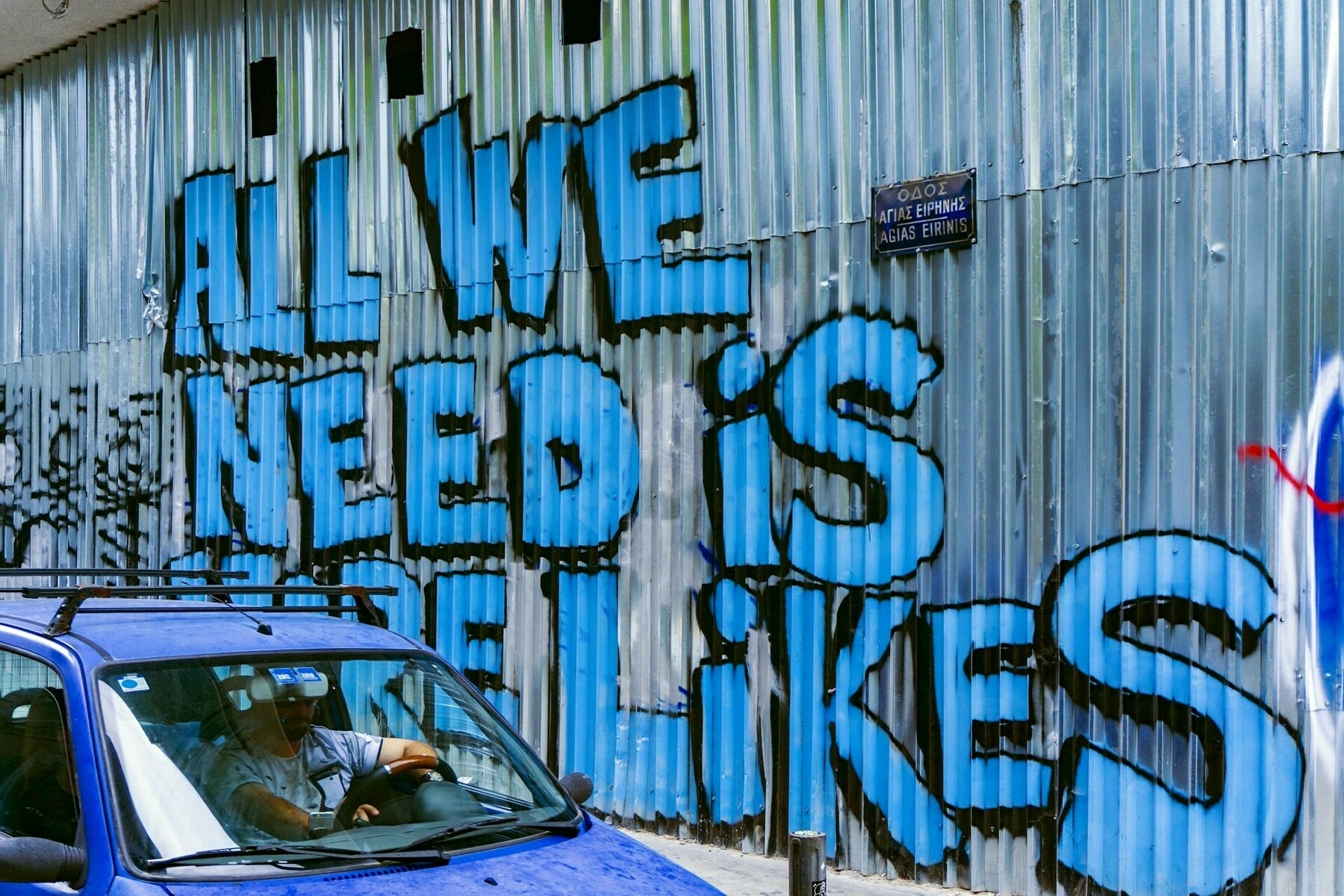A design philosophy that treats users as citizens of a shared digital system rather than cattle

I’m taking this week off social networks, which for me means Mastodon, Bluesky, and LinkedIn. I’ve realised it really doesn’t help with my anxiety to be bombarded with endless stuff about AI, war, and spicy takes about the latest online drama.
As this article by James O’Sullivan in NOEMA discusses, the dream of mass social media has ended and we now live in its ruins. Engagement is down, yet most people get their “news” from social media. We live in a very strange world where people realise what they consume isn’t reliable but do so anyway.
Coincidentally, I’d spent some time reacquainting myself with Are.na earlier today before reading this post. It influenced my design of MoodleNet, the digital commons where communities curated collections of resources. What I like about Are.na is that it’s ‘social’ while still being appropriately weird and not focused on influence.
See also Bonfire from the remnants of the MoodleNet team and which, unlike Are.na, is part of the Fediverse. We should decide who we want to be first, and then choose our tools and networks based on that choice, rather than the other way around.
The problem is not just the rise of fake material, but the collapse of context and the acceptance that truth no longer matters as long as our cravings for colors and noise are satisfied. Contemporary social media content is more often rootless, detached from cultural memory, interpersonal exchange or shared conversation. It arrives fully formed, optimized for attention rather than meaning, producing a kind of semantic sludge, posts that look like language yet say almost nothing.
[…]
While content proliferates, engagement is evaporating. Average interaction rates across major platforms are declining fast: Facebook and X posts now scrape an average 0.15% engagement, while Instagram has dropped 24% year-on-year. Even TikTok has begun to plateau. People aren’t connecting or conversing on social media like they used to; they’re just wading through slop, that is, low-effort, low-quality content produced at scale, often with AI, for engagement.
And much of it is slop: Less than half of American adults now rate the information they see on social media as “mostly reliable”— down from roughly two-thirds in the mid-2010s. Young adults register the steepest collapse, which is unsurprising; as digital natives, they better understand that the content they scroll upon wasn’t necessarily produced by humans. And yet, they continue to scroll.
The timeline is no longer a source of information or social presence, but more of a mood-regulation device, endlessly replenishing itself with just enough novelty to suppress the anxiety of stopping. Scrolling has become a form of ambient dissociation, half-conscious, half-compulsive, closer to scratching an itch than seeking anything in particular. People know the feed is fake, they just don’t care.
[…]
These networks once promised a single interface for the whole of online life: Facebook as social hub, Twitter as news‑wire, YouTube as broadcaster, Instagram as photo album, TikTok as distraction engine. Growth appeared inexorable. But now, the model is splintering, and users are drifting toward smaller, slower, more private spaces, like group chats, Discord servers and federated microblogs — a billion little gardens.
[…]
But the old practices are still evident: Substack is full of personal brands announcing their journeys, Discord servers host influencers disguised as community leaders and Patreon bios promise exclusive access that is often just recycled content. Still, something has shifted. These are not mass arenas; they are clubs — opt-in spaces with boundaries, where people remember who you are. And they are often paywalled, or at least heavily moderated, which at the very least keeps the bots out. What’s being sold is less a product than a sense of proximity, and while the economics may be similar, the affective atmosphere is different, smaller, slower, more reciprocal. In these spaces, creators don’t chase virality; they cultivate trust.
[…]
This isn’t about making platforms needlessly cumbersome but about distinguishing between helpful constraints and extractive ones. Consider Are.na, a non-profit, ad-free creative platform founded in 2014 for collecting and connecting ideas that feels like the anti-Pinterest: There’s no algorithmic feed or engagement metrics, no trending tab to fall into and no infinite scroll. The pace is glacial by social media standards. Connections between ideas must be made manually, and thus, thoughtfully — there are no algorithmic suggestions or ranked content.
[…]
[T]here is a possible future where a user, upon opening an app, is asked how they would like to see the world on a given day. They might choose the serendipity engine for unexpected connections, the focus filter for deep reads or the local lens for community news. This is technically very achievable — the data would be the same; the algorithms would just need to be slightly tweaked — but it would require a design philosophy that treats users as citizens of a shared digital system rather than cattle. While this is possible, it can feel like a pipe dream.
Source: NOEMA
Image: Daria Nepriakhina